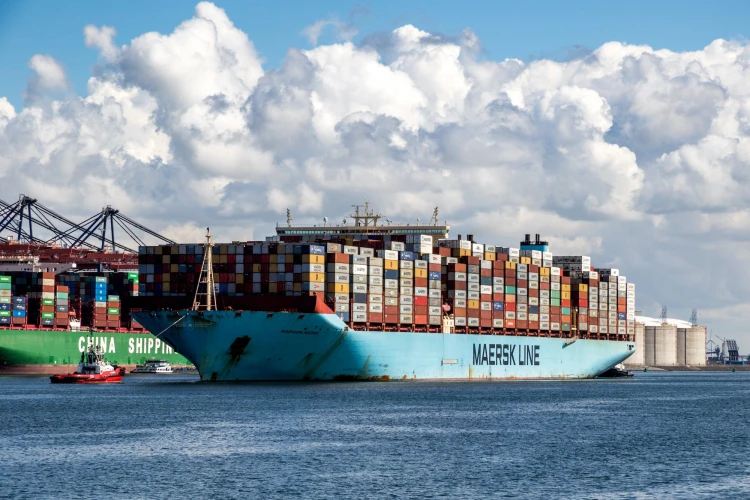Ocean Carriers Await Relief as Demand Improves on Key Tradelane
Friday, 05 April 2024

There is welcome news for Asia-North Europe carriers, with signs of improving demand on the troubled tradelane as inventories start to be replenished.
Moreover, the transpacific is expected to see healthy growth next year, while secondary tradelanes from Asia continue to expand impressively.
Nevertheless, strict capacity management will be required to mitigate the impact of an oversupply of newbuild tonnage.
In its October Horizon monthly review of the container shipping market, analyst Maritime Strategies International (MSI) says it expects Asia to North Europe volumes to start growing year on year from Q4.
It adds: “This is good news for the carriers in their struggle to fill all their new mega-maxes (24,000 teu vessels) deployed in this route.”
However, it says risks are “still weighted to the downside”, considering that another 2.6m teu of newbuild capacity is due to be delivered by the end of Q2 24. And many of these deliveries are ultra-large vessels stemmed to be deployed on Asia-Europe services.
“Strict capacity discipline and massive scrapping will be of paramount importance if the carriers want to prevent further freight rate erosion in the coming three quarters,” said MSI.
For the Asia-Europe westbound trade, MSI predicts growth of 2.9% in the first half of next year, while for the more resilient transpacific eastbound trade, the analyst expects year-on-year growth of 4.6% in H1 24.
It says: “There are still clear downsize risks for both regions, most importantly the prospect of their economies falling into a recession in Q4 23 and H1 24, as it is likely that interest rates will stay higher for longer, and this could end up having a cumulative negative impact on growth.”
MORE NEWS : MSC Partners with Valencia to Expand Med’s Busiest Container Port
The Horizon report notes that the key secondary trades ex-Asia to Latin America, Africa and the Middle East and Indian sub-continent “continued to grow at impressive rates”, with August expansion YoY at 18.6%, 26.1% and 27.6%, respectively.
In fact, Asia to Latin America spot rates have bucked the declining trend seen on other routes, jumping 64% since the first quarter to around $2,300 per teu. And for Asia-Middle East routes, a shortage of space has caused spot rates to rise significantly, with this week’s Ningbo Containerized Freight Index (NCFI) component spiking by 22% over the past seven days.
“The Far East-Oceania southbound trade also recorded positive YoY growth of 3.6% in August, and is expected to return to growth in Q3 and Q4 after eight straight quarters of contractions,” says the Horizon report.
However, the report also contains a worrying outlook for containership owners– for example, its forecast for 12-month time-charter rates for a typical 4,300 teu panamax vessel slumping, from $22,100 a day currently, to just $10,100 by the second quarter of next year.
As a consequence, the Horizon data is predicting a substantial slump in asset values, with, for instance, the value of a 10-year-old 4,300 teu vessel declining to $7.2m by Q2 24 from a current valuation of $25.7m.
And the expected rapid decline in asset values of smaller containerships to scrap valuation levels seems likely to accelerate the long-awaited surge in vessel demolitions.
Source : gcaptain.com

06 January 2025
Hurricane Beryl trims cargo volumes in Houston and New Orleans

25 January 2025
Container freight rates tumble

08 February 2025

